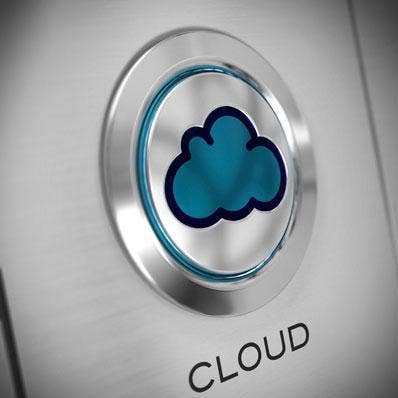JetStream Doubles Down On Disaster Recovery as a Service In VMware Environments
The new JetStream DR software is designed specifically for service providers looking to offer their customers Disaster Recovery as a Service, says Rich Petersen, co-founder and president of JetStream.

JetStream Software expanded its cloud data protection capabilities Wednesday with JetStream DR, a new technology providing Disaster Recovery as a Service specifically for cloud service providers and MSPs.
JetStream DR is the first software designed specifically for service providers looking to offer their customers Disaster Recovery as a Service, said Rich Petersen, co-founder and president of the San Jose, Calif.-based company.
"There's been a shift from on-premises to the cloud for disaster recovery," Petersen told CRN. "But the software used to date has been adopted from software that was used for on-premises disaster recovery."
[Related: The 20 Coolest Cloud Storage Vendors Of The 2019 Cloud 100]
Most disaster recovery applications use data snapshots taken at specific time intervals, Petersen said.
JetStream, on the other hand, uses VMware's VAIO, or vSphere APIs for I/O, filtering, a framework that lets third-party developers develop filters that can intercept any I/O request from a guest operating system to a virtual disk.
"We use VAIO to continuously replicate data as it's written," he said. "That gives us an RPO [recovery point objective] of seconds and an RTO [recovery time objective] of a matter of minutes," he said.
The advantage of using I/O filtering and VAIO is that the technology is VMware-ready, Petersen said.
"Also, there is no dependency on the underlying storage," he said. "Many Disaster-Recovery-as-a-Service solutions are not fully abstracted from the storage. … Ours is fully abstracted from the hardware."
Many other offerings also move disaster recovery to cloud service providers and co-location facilities but need to do so with pre-provisioned targets for recovery rather than offering thin provisioning, which lets them be built as needed, Petersen said. "We provide a scalable architecture based on commodity hardware," he said.
JetStream DR also allows continuous replication of data from a VMware environment into an AWS S3-compliant data store, Petersen said.
"In many cases, what's being sent to object stores is the data, but the metadata is still stored on-prem," he said. "This gives the cheapest option to recover large amounts of data, but the data must come back to the original infrastructure."
For instance, if an MSP is replicating data to an object store like Cloudian, and a customer has a problem, it has two options, Petersen said: rehydrate the virtual machines and data to an on-premises environment, or rehydrate them at the MSP's vSphere environment.
"For MSPs with hundreds of customers, multi-tenancy gives them massive scale," he said. "With JetStream DR, they can rehydrate only what data is needed when it is needed."
JetStream DR currently works only in VMware environments, Petersen said.
"The core architecture is Linux-based and platform-agnostic," he said. "But the I/O filter to capture data on-the-fly, and our management of servers with plug-ins to VMware vCenter, are VMware-dependent."
VMware also happens to have one of the largest shares of the MSP market, with over 4,000 MSPs working in the VMware Cloud Provider Program, ranging from small local MSPs to companies as large as CenturyLink, Petersen said.
"The vast majority of those MSPs do hosting but not disaster recovery," he said. "This is an opportunity to add Disaster Recovery as a Service to their hosting services. VMware has enormous experience in the cloud, and we have long experience working with VMware."
Even so, JetStream in the future will be looking at environments based on Microsoft Hyper-V and KVM, he said.
Enterprise Networking Solutions has built a disaster recovery practice around JetStream with its government and large enterprise clients, said Chad Hodges, vice president of business development for the Rancho Cordova, Calif.-based solution provider.
"JetStream has shown its ability to replicate seamlessly regardless of what the customer's platform looks like at either end of the process," Hodges told CRN.
JetStream's advantage is that it provides a reliable failover system for virtual machines and makes sure those virtual machines can run in the event of a disaster, Hodges said.
"We want to make sure we have fault-tolerant Disaster Recovery as a Service," he said. "Even if a WAN fails over, we can make sure it comes up with the JetStream technology."
JetStream's VMware focus is good for Enterprise Networking Solutions, Hodges said.
"VMware is one of my most strategic partners," he said. "We've made a heavy investment in VMware talent. It's great to have a product that can work well to provide disaster recovery for VMware environments."